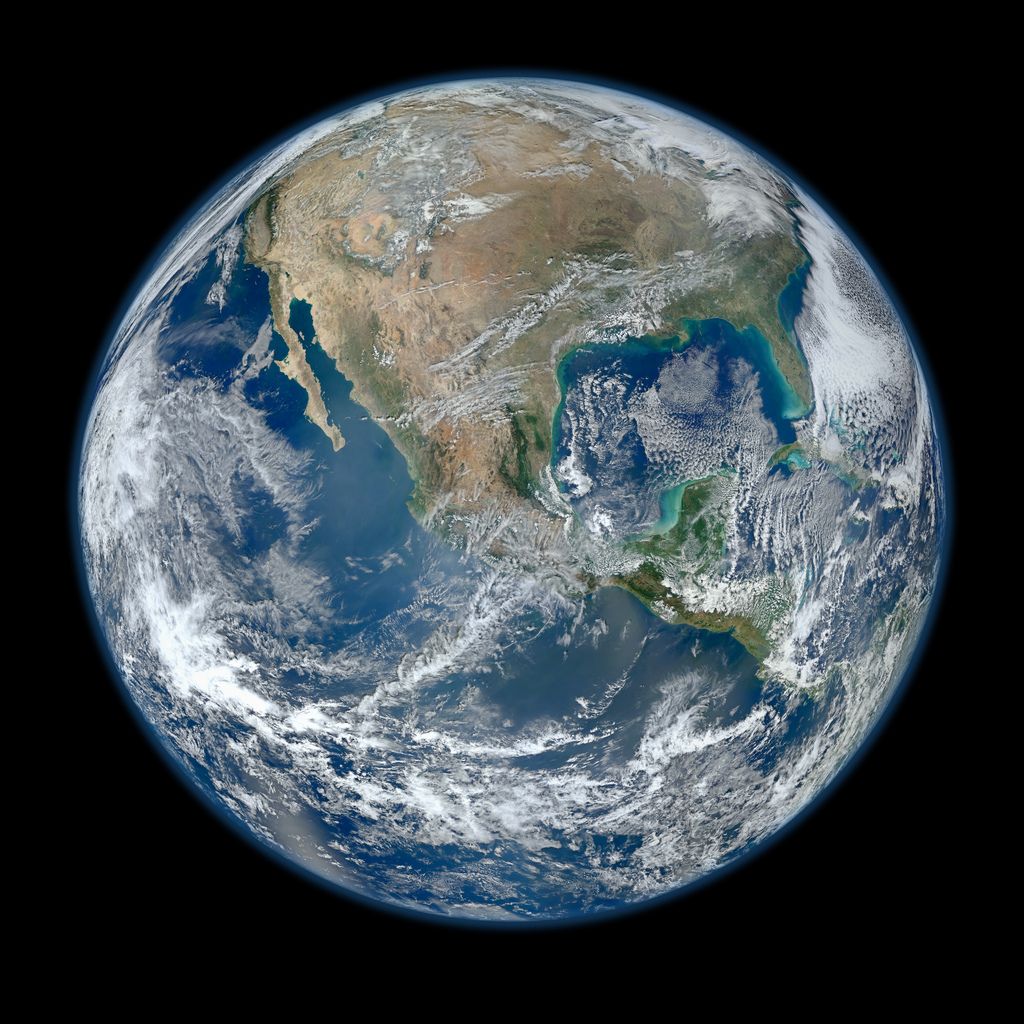
How Global Corporations Can Help Meet Global Challenges (Op-Ed)

Jonathan Atwood is vice president for sustainable living and corporate communications at Unilever, North America. This Op-Ed is adapted from an article for the Skoll World Forum. The author contributed this article to LiveScience's Expert Voices: Op-Ed & Insights.
In the late nineteenth century, William Hesketh Lever wrote down his purpose for Sunlight Soap — a revolutionary product that helped popularize cleanliness and hygiene in Victorian England: "to make cleanliness commonplace." As founder of one of the businesses that would eventually become Unilever, Lever believed that businesses could act as agents for social change and that it was necessary to balance profit with responsible behavior.
Two centuries later, much has happened in the world, including economic booms, depressions, world wars and advances in technology. New challenges face society; however, the commitment to be a responsible business remains at our core with the company's current purpose: "to make sustainable living commonplace."
Today's challenges — increased resource scarcity, climate change, civil unrest, inequality and poverty — are in danger of overwhelming the world. Our company believes that business must be part of the solution. This resonates deeply for me, both through my professional position and as a father to an eight-year-old son.
Growing a business in line with the needs of the communities served is not just the right thing to do, it's the only way to guarantee long-term prosperity. Growth and sustainability are not in conflict; in fact, our company has seen that sustainability drives growth through opportunities for innovation and cost- and risk-management. A huge opportunity exists for businesses that embrace this new model of responsible capitalism, but success depends on a willingness to change approach and to abandon outdated business models. Businesses must view themselves as part of society, focusing on the long term; moreover, the needs of citizens and communities must carry the same weight as shareholders.
Unilever began moving toward that approach by giving ourselves the space to operate in the best long-term interests of all of our stakeholders. We abandoned providing financial guidance, changed our compensation system for the long term and moved away from quarterly profit reporting. Then, in 2010, having aligned employees, the company launched the Unilever Sustainable Living Plan. This called for a doubling of the size of the company, while reducing our environmental footprint and increasing our positive social impact.
The plan is our response to the need for real and radical change. It encompasses all brands, categories and countries, taking co-responsibility for the total value chain. There are three big goals we plan to met by 2020: First, to help a billion people take action to improve their health and well-being; second, to halve the environmental impact of our products, and third, to source 100 percent of our agricultural raw materials sustainably, protecting the livelihoods of more than 500,000 smallholder farmers. The business case for sustainable growth is clear — there is no alternative.
Sign up for the Live Science daily newsletter now
Get the world’s most fascinating discoveries delivered straight to your inbox.
We are now two years into our 10-year plan. Our business is growing and we're starting to see how putting sustainable living at the heart of our business model is contributing to our success. It's helping reduce costs and risks, and those brands that made sustainable living central to their product innovation and brand purpose are increasing sales.
For example, in the United States, Knorr is driving sustainable agriculture through its sustainability partnership with vegetable suppliers; Hellmann's is improving nutrition through its Real Food program; Ben & Jerry's is promoting social causes around peace and social justice; and in a similar vein, Dove is driving female self esteem through the Campaign for Real Beauty.
We can also report good progress in manufacturing "eco-efficiency," the sustainable sourcing of raw materials and a transition towards sustainable product and packaging innovations. As well as lowering costs, our the program has sped up the reduction of our environmental impact. For example, in April of this year, we reached 100 percent zero-waste-to-landfill in North America for all of our manufacturing and non-manufacturing facilities, including our New Jersey headquarters and our research and development facility in Connecticut.
We also have also lessened risks to our business. Around half of our raw materials come from agriculture. By sourcing more from sustainable sources we can continue to grow our business with more secure sources of supply.
Although we are proud of the progress, considerable challenges remain in scaling up health and hygiene behavior programs, in reducing environmental impacts across the value chain, and in encouraging consumers to use less water and energy at home when they wash and clean with our products.
The issues are too big for Unilever to address without collaboration. We are working with others to drive change in sustainable forestry and agriculture, to improve smallholder farmers' livelihoods, provide safe drinking water, sanitation and hygiene to more people, and to encourage sustainable consumption.
At Unilever, we have sought to form partnerships and alliances that will produce changes with impact, and have created new models and different ways of thinking. To paraphrase Thomas Jefferson, every generation needs a new revolution. We hope others will join us in building sustainable businesses, and in promoting responsible capitalism.
This article is adapted from Sustainability Makes Good Business Sense, and Here's Why on the on the the Skoll World Forum on Social Entrepreneurship, an international platform for accelerating entrepreneurial approaches and innovative solutions to the world's most pressing social issues. The views expressed are those of the author and do not necessarily reflect the views of the publisher. This version of the article was originally published on LiveScience.










